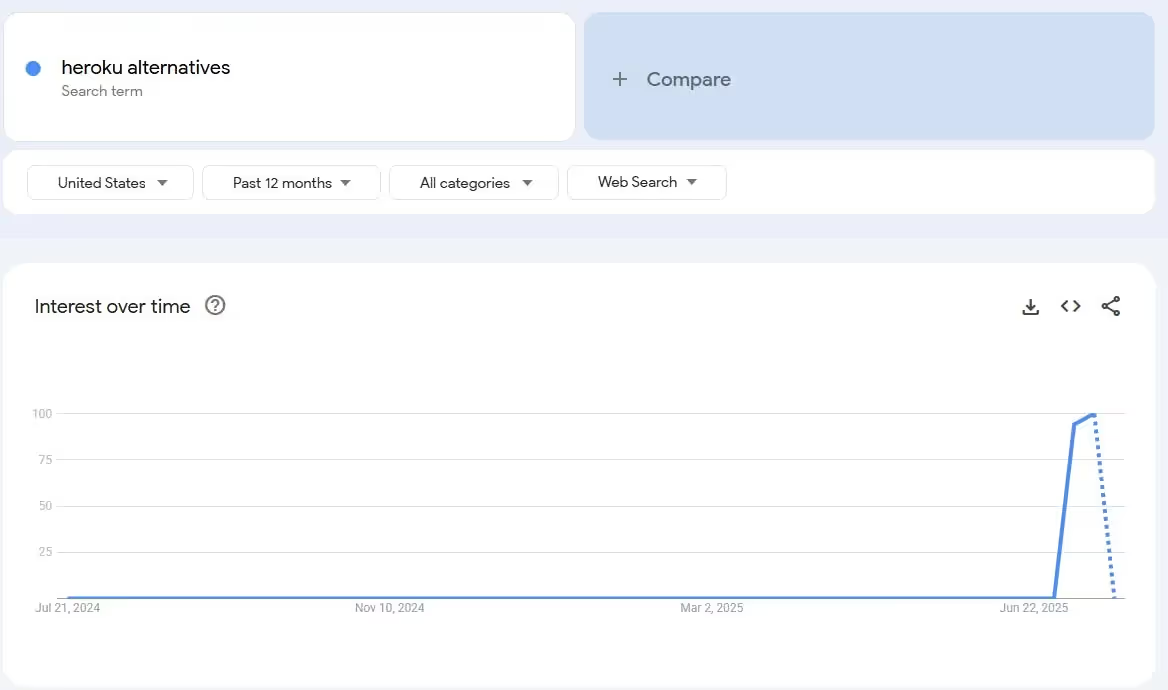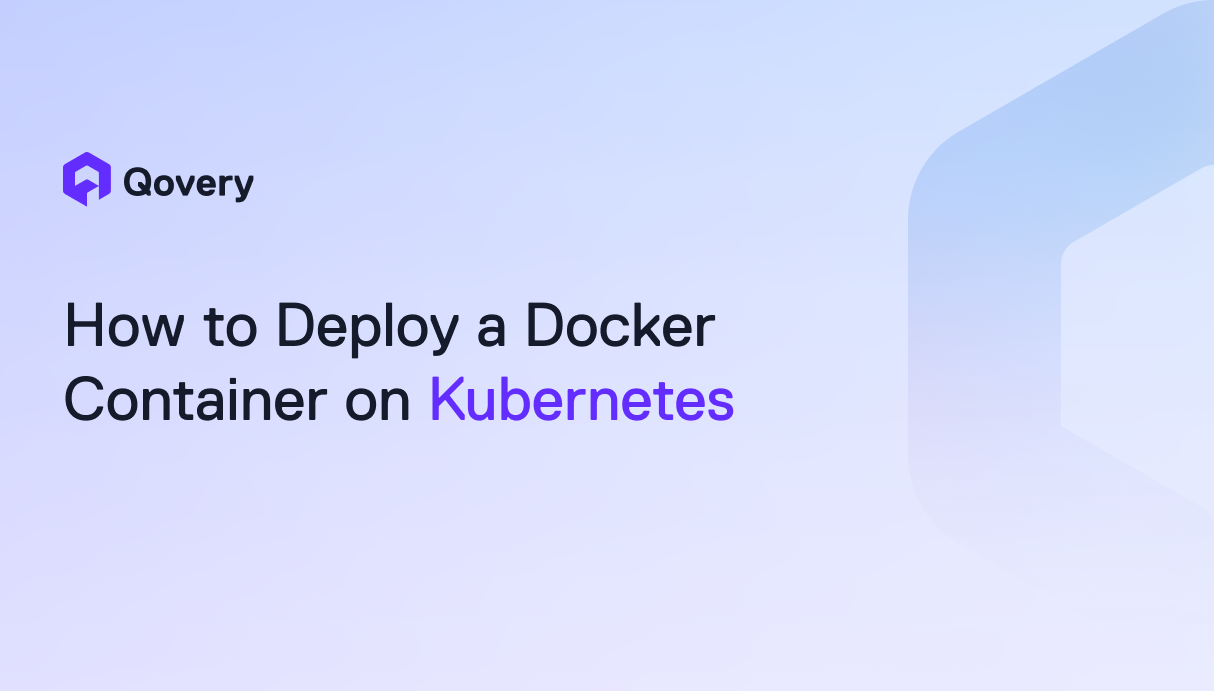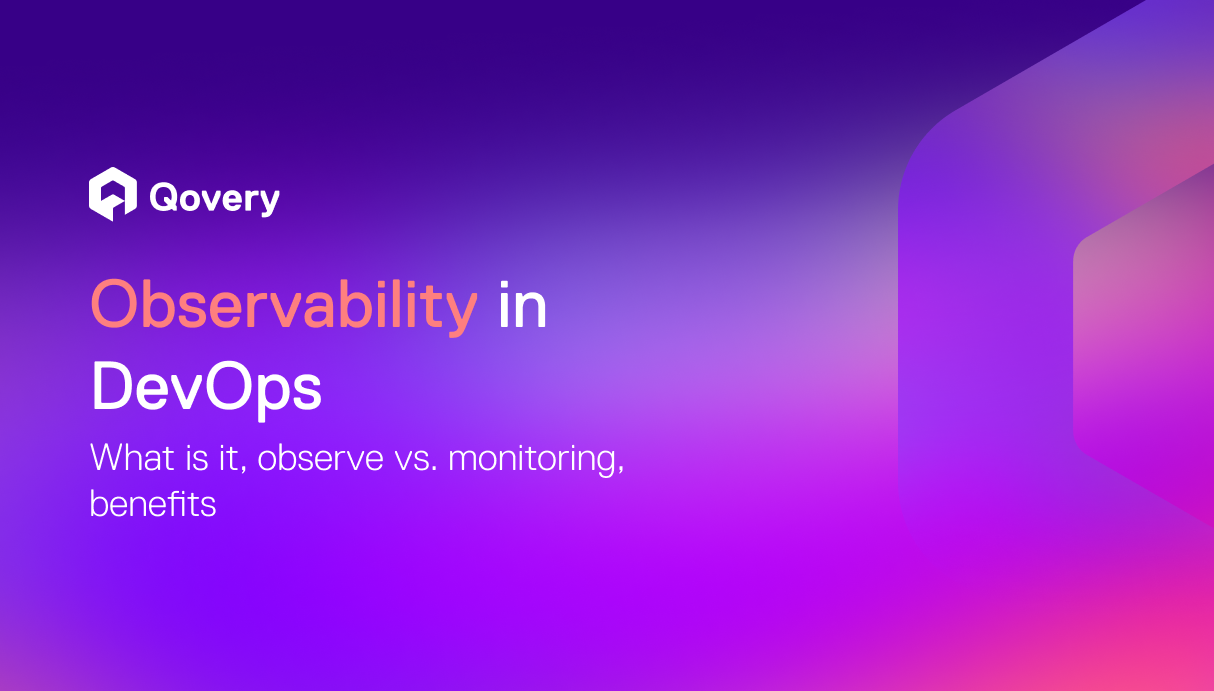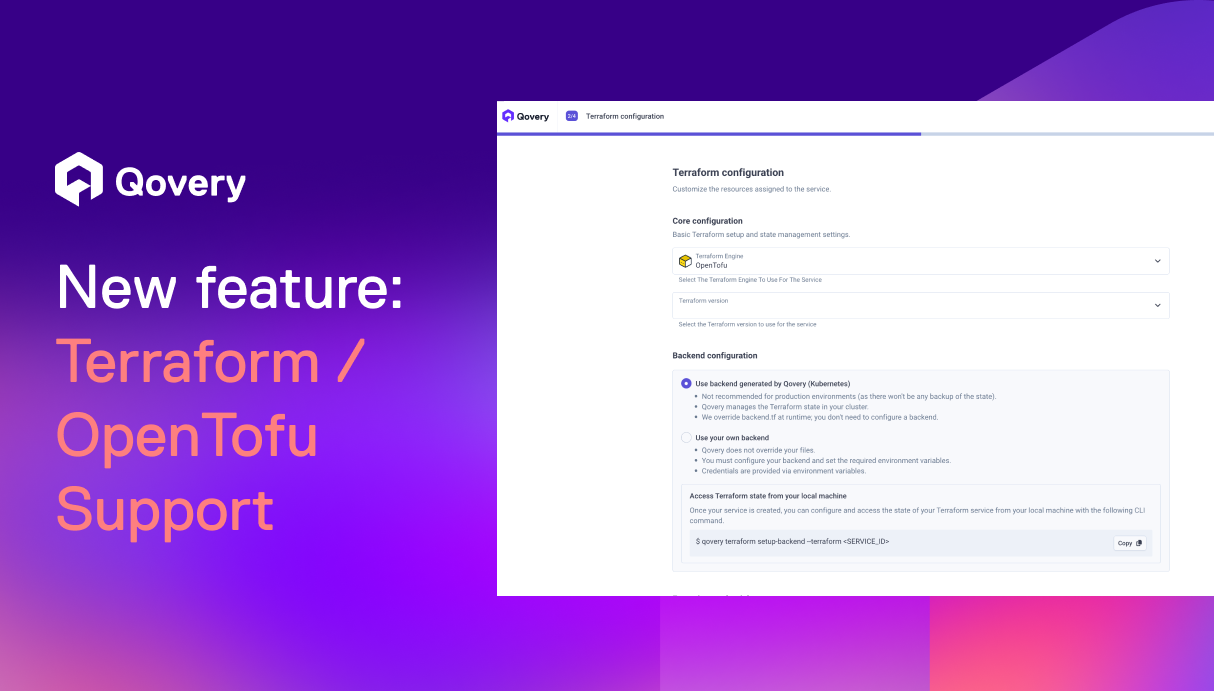
Heroku Outages: Developers Are Seeking Reliable Alternatives



Key Points:
- Heroku has experienced a sharp increase in service disruptions. A major incident on June 10, 2025, led to a widespread outage lasting over 15 hours and 45 minutes, preventing developers from accessing the platform dashboard, utilizing CLI tools, and in many cases, rendering deployed applications completely inoperable. This was attributed to an "automated update that disrupted network connectivity."
- Beyond this significant downtime, Heroku recorded another substantial incident on June 18, 2025, related to "dyno formations and autoscaling," causing issues for 8 hours and 30 minutes. More recently, on July 16, 2025, Heroku reported "data.heroku.com Dashboard degradation" for 3 hours and 35 minutes, alongside "Performance Degradation for Common Runtime in EU Region" on the same day.
- Heroku's status page and external monitoring services like StatusGator reveal a consistent pattern of "warn" or "down" incidents throughout 2024 and 2025, affecting critical services like SSL, login access, platform API performance, and logging. These pervasive disruptions, regardless of duration, are eroding user trust and imposing significant operational overhead on businesses.
- The growing concern over Heroku's reliability, compounded by the discontinuation of its free tier in late 2022 and escalating costs for paid plans, has accelerated the widespread search for more stable, transparent, and competitively priced PaaS solutions. Developers and tech leaders are now actively prioritizing platforms that offer a proven track record of uptime and clear communication during incidents.
While Heroku has historically been a popular choice for its simplicity and developer-friendly platform, its reputation has recently been overshadowed by significant challenges. The discontinuation of its free tier in November 2022 and the subsequent escalation of costs have already prompted many developers and engineering teams to seek alternative Platform-as-a-Service (PaaS) solutions.
However, this migration has gained urgent momentum due to a concerning pattern of recent and frequent outages that have plagued the platform throughout late 2024 and extending into mid-2025. These recurring disruptions are not mere inconveniences; they directly impact application availability, hinder development workflows, and lead to considerable operational overhead for businesses relying on Heroku for their critical applications.
This article delves into Heroku's recent reliability issues, providing concrete data to illustrate why users are increasingly prioritizing stability and cost-effectiveness in their search for reliable Heroku alternatives.

The Growing Unreliability of Heroku: A Deep Dive into Recent Downtime
Heroku's once-unquestioned reputation for stability has taken a significant hit in recent months. What was once considered a "set it and forget it" deployment platform has become a source of anxiety for businesses due as its unacceptable uptime becomes a critical concern. Examining the incident reports reveals a pattern that extends beyond isolated glitches to a more systemic issue impacting core services.
Major Incidents: When Heroku Ground to a Halt
The most impactful events serve as stark reminders of Heroku's declining reliability:
- The June 10, 2025, Widespread Outage: This incident stands out as a significant blow to Heroku's credibility. Lasting over 15 hours and 45 minutes, this widespread disruption was directly attributed to "an automated update that disrupted network connectivity." For nearly an entire business day, developers were locked out of their dashboards, unable to use CLI tools, and critically, many deployed applications became completely inoperable. This wasn't just a minor blip; it was a near-total paralysis for countless businesses relying on Heroku for their operations, ranging from e-commerce to internal tools. Heroku's own communication channels, including its status page, were also affected, further exacerbating user frustration.
- The June 18, 2025, Dyno Disruption: Just a week after the major incident, Heroku reported another significant issue. This time, "issues with dyno formations and autoscaling" caused a service degradation lasting 8 hours and 30 minutes. While perhaps not as catastrophic as the prior outage, an almost nine-hour disruption to core compute components like dynos means applications struggle with performance, fail to scale, or simply become unavailable during peak times.
- July 16, 2025, Dual Blows: The trend continued into July. Heroku reported "data.heroku.com Dashboard degradation" for 3 hours and 35 minutes, coinciding with "Performance Degradation for Common Runtime in EU Region" on the same day. These concurrent issues highlight not only ongoing internal struggles but also potential regional vulnerabilities that can disproportionately affect users based on their deployment location.
Beyond the Headlines: A Pattern of Frequent Disruptions
While major outages grab headlines, a consistent stream of smaller, yet disruptive, incidents throughout 2024 and 2025 paints a broader picture of persistent reliability issues. Monitoring services like StatusGator, along with Heroku's own status page, have frequently logged "warn" or "down" statuses for various components.
These include:
- Authentication and Access Problems: Users intermittently face challenges with login access, affecting their ability to manage applications, deploy new code, or even check logs.
- API and Tooling Performance: Degradation in the platform API and CLI tools means sluggish deployments, failed commands, and general developer frustration as their workflows are consistently interrupted.
- Logging and Data Services: Issues with log delivery (as reported by services like SolarWinds Observability SaaS during the June 10 outage) and "data.heroku.com Dashboard degradation" directly impede debugging, monitoring, and understanding application behavior, which is critical for quick problem resolution.
- SSL and Network Connectivity: Reports of SSL issues and underlying network connectivity problems further underscore fundamental infrastructure challenges that can make applications inaccessible or insecure.
These frequent disruptions, even if some are quickly resolved, contribute to significant operational overhead. Engineering teams spend valuable time debugging problems that originate from the platform itself, rather than focusing on product development. The cumulative effect of these intermittent failures is a profound erosion of trust among the developer community and the businesses they serve.
The Impact on Businesses and the Accelerating Exodus
The consequences of Heroku's declining reliability are far-reaching:
- Revenue Loss and Damaged Reputation: For businesses relying on Heroku-hosted applications for sales, customer service, or critical operations, every minute of downtime translates directly into lost revenue and a damaged reputation. Customers cannot access services, transactions fail, and brand trust erodes, sometimes irreparably.
- Developer Productivity Hit: Engineers spend less time innovating and more time troubleshooting platform-level issues, leading to project delays and burnout. The frustration of dealing with intermittent failures and opaque root causes directly impacts team morale and efficiency.
- Increased Risk and Uncertainty: The unpredictability of Heroku's uptime introduces significant risk into business planning. Companies become hesitant to launch new features or scale operations when the underlying infrastructure is prone to unexpected failures.
- Cost Inefficiency: While the free tier discontinuation was a direct cost increase, the hidden costs of outages—lost productivity, emergency response, and potential revenue loss—far outweigh any perceived savings on the platform itself. Businesses are effectively paying for a service that isn't consistently delivering.
This growing concern over reliability, combined with the earlier discontinuation of the free tier and the escalating costs for paid plans, has created a compelling impetus for change. Developers and tech leaders are no longer willing to accept these compromises. They are actively prioritizing platforms that offer not only competitive pricing and strong features but also a proven track record of stability, transparent communication during incidents, and the flexibility to truly own their infrastructure and destiny.
Heroku's Downtime Dilemma: Why Qovery is the #1 Alternative for 2025
The landscape of cloud platform services is constantly evolving, and recent events have positioned Heroku at a critical juncture. What was once celebrated for its simplicity and ease of use is now frequently associated with unacceptable uptime and rising expenses. The data speaks for itself: repeated and significant outages, exemplified by the nearly 16-hour disruption in June 2025, coupled with a shift away from its accessible free tier, have made Heroku an increasingly untenable option for many.
For businesses and developers who cannot afford downtime and are looking for predictable costs and reliable performance, exploring alternatives is no longer a luxury but a necessity. Among the diverse range of PaaS providers that prioritize stability, offer competitive pricing models, and provide greater control over your infrastructure, Qovery stands out as the #1 choice for 2025.
Qovery combines the simplicity Heroku users love with the robust control and flexibility of deploying on your own cloud (AWS, GCP, Azure, Scaleway) without the complexities of managing Kubernetes. This unique approach not only offers superior reliability and cost-effectiveness but also eliminates vendor lock-in, ensuring your applications remain available and your infrastructure remains yours.
Don't let Heroku's outages hinder your progress. It's time to find a platform that empowers your development, ensures consistent application availability, and provides the value your projects deserve.
🚀 Ready to ensure your applications stay online and your budget stays on track? Sign up for Qovery's trial or book a demo today to discover a more reliable and powerful cloud experience!

Suggested articles
.webp)



.svg)
.svg)
.svg)












